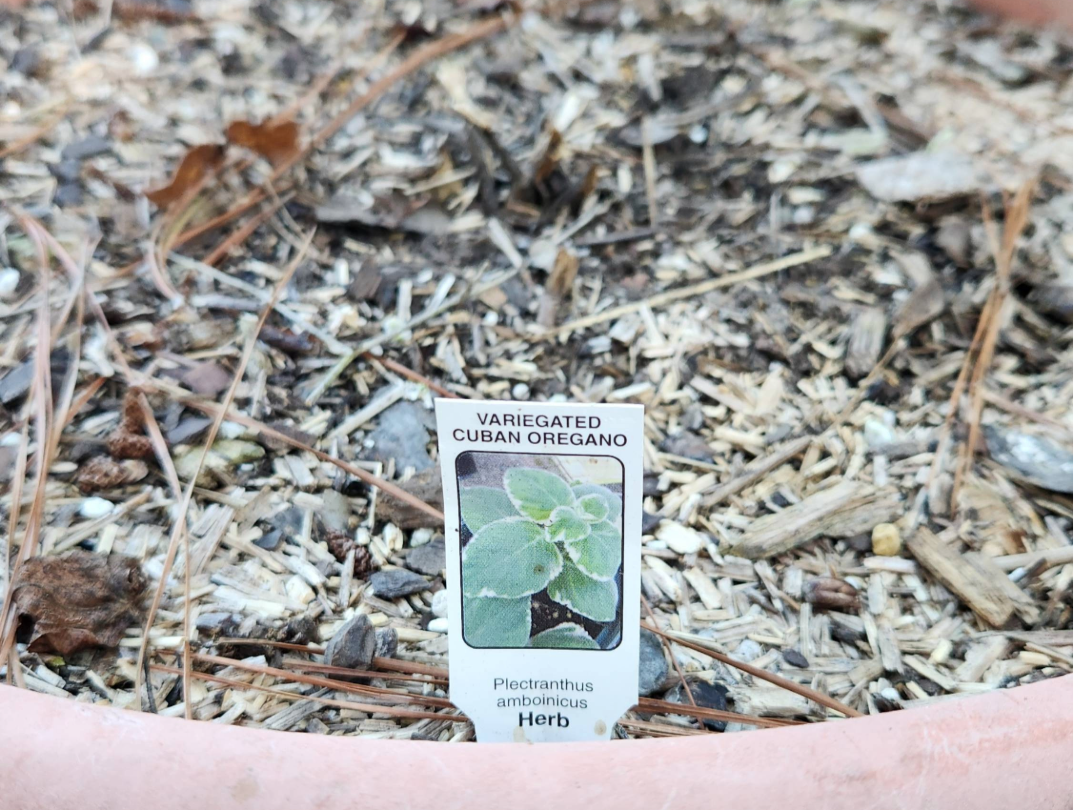Permaculture gardens represent a holistic and regenerative approach to sustainable living, where the principles of ecology, ethics, and design converge to create self-sufficient and harmonious ecosystems. Derived from the words “permanent” and “agriculture,” permaculture is not merely a gardening method; it is a philosophy that seeks to mimic the patterns and resilience found in natural ecosystems, fostering diversity, efficiency, and long-term sustainability.
Working in Harmony: Permaculture’s Natural Approach
At the heart of permaculture gardens lies a commitment to observing and working with nature rather than against it. The design principles, such as stacking functions and using edges, guide gardeners to create multifunctional spaces that serve multiple purposes within the ecosystem. For example, a permaculture garden may integrate fruit trees to provide shade, nitrogen-fixing plants to improve soil fertility, and ground cover plants to suppress weeds, all in the same space.
Plant Partnerships: Maximizing Benefits Through Companion Planting
Biodiversity is a key focus in permaculture gardens. By selecting a diverse range of plants and incorporating companion planting strategies, permaculturists aim to create resilient ecosystems that can adapt to environmental changes. Companion planting not only enhances the overall health of the garden but also fosters natural pest control and promotes beneficial relationships between plants.
Healthy Soil, Thriving Gardens: Permaculture’s Soil-Centric Approach
Permaculture gardens prioritize soil health through techniques such as sheet mulching, cover cropping, and the use of organic matter. These practices improve soil structure, water retention, and nutrient availability. Additionally, permaculturists often integrate swales and other water-harvesting features to manage water efficiently, preventing erosion and creating microclimates that support plant growth.
Strategic Design: The Logic Behind Permaculture Zones and Sectors
The concept of zones and sectors is another fundamental aspect of permaculture design. Zones are organized based on the frequency of human interaction, with high-activity zones closer to the home and low-activity zones farther away. Sectors take into account external influences, such as sunlight, wind, and water flow, to inform the placement of elements within the garden. This thoughtful organization optimizes energy use and enhances the efficiency of the garden system.
Sustainable Living: Extending Permaculture Beyond the Garden
Permaculture gardening extends beyond the garden itself to include considerations for energy use, waste management, and community engagement. The principles of permaculture can be applied to various aspects of daily life, fostering a holistic and sustainable lifestyle that aligns with the ethics of earth care, people care, and fair share.
From Theory to Practice: Permaculture’s Impact on Future Generations
In essence, permaculture gardens are living laboratories of sustainability and resilience. By emulating the patterns found in natural ecosystems, permaculturists cultivate not only gardens but also a deeper understanding of the interconnectedness of all living things. Permaculture gardens stand as models of regenerative design, demonstrating the potential for humans to coexist with nature in a way that is beneficial for both the environment and future generations.
Follow along on Facebook!








